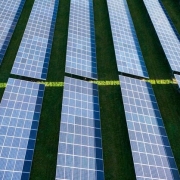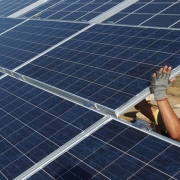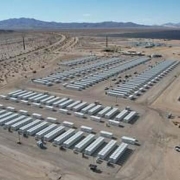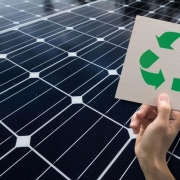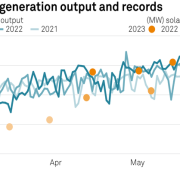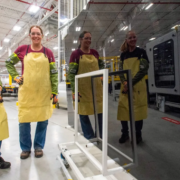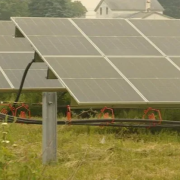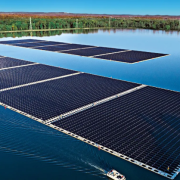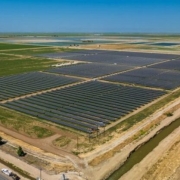The Department of Energy opened applications on Monday for round seven of its American-Made Solar Prize competition, announcing $4 million in prizes and a new prize category.
Since it launched the competition in 2018, DOE has given out $15 million in prizes to entrepreneurs over six rounds. The prizes are given out to hardware and software solutions, and are intended to spur innovations in the solar sector and address challenges to deployment.
“Entrepreneurial students, professors, small-business owners, company staffers, researchers at national laboratories, or anyone else based in the United States with a potentially marketable solar technology solution” are all eligible to compete, says DOE’s website. The deadline to apply for the first phase of this round is Sept. 27.
Click here to read the full article
Source: Utility Dive
—
If you have any questions or thoughts about the topic, feel free to contact us here or leave a comment below.

